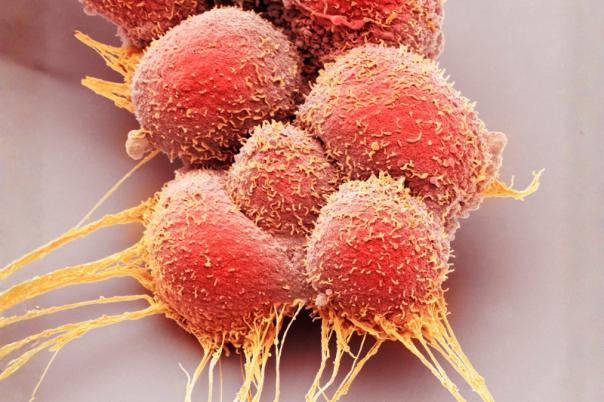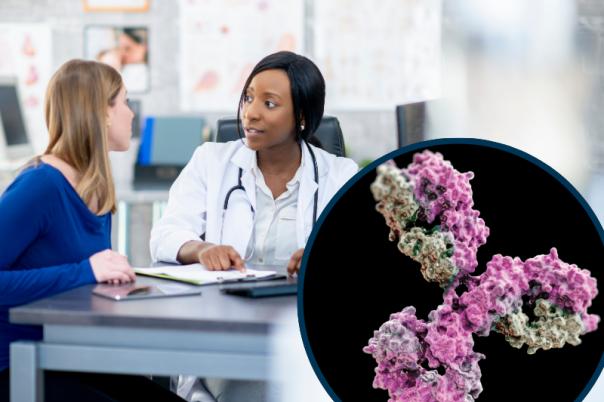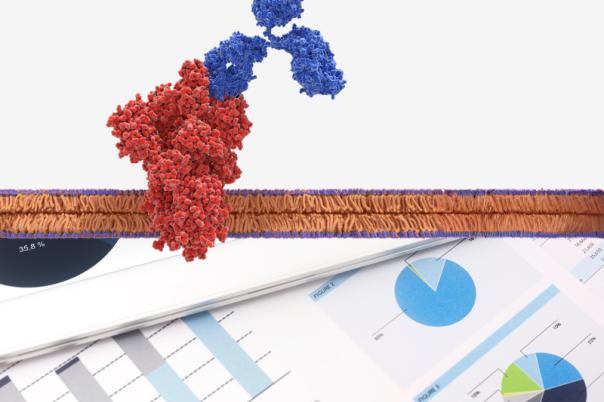Process analytical technology (PAT) has many benefits to the biomanufacturing field in improving product quality, efficiency of production, and sustainability of manufacturing processes. In this presentation, Jessica Whelan, Head of School Chemical and Bioprocess Engineering at University College Dublin, outlines how her team have implemented PAT into their systems to ensure final product quality.
The FDA has defined PAT as a system for designing, analysing, and controlling manufacturing processes through timely measurements to ensure product quality. Whelan noted the importance of PAT in biopharma, stating that product quality was non-negotiable, even if it meant compromising on yield. She provided two examples of PAT applications: a Raman-enabled bioreactor control platform for process development and the Canty Pharmaflow system for media preparation.
Raman spectroscopy was chosen for its non-invasive, in-situ capabilities, allowing real-time monitoring and control of multiple process parameters, particularly glucose concentration. A model predictive controller was used for glucose setpoint control, capable of handling multiple inputs and outputs, noise, and non-continuous measurements. Whelan highlighted that using PAT in process development could lead to more impactful experimentation, better process understanding, and improved control, ultimately enhancing product quality.
Despite its benefits, Whelan noted that PAT must be applied correctly and relevantly to be impactful. She stressed the importance of considering the stage of the product life cycle when applying PAT. Overall, the presentation underscored the critical role of PAT in ensuring product quality in biomanufacturing and the potential for PAT to transform the industry through improved process control and understanding.





